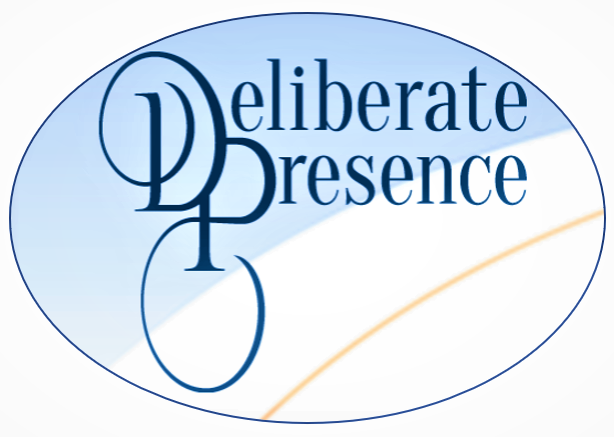Sometimes I feel like Mary Poppins. It’s because of the large bag I carry to my workshops when I’m training people to increase the EQ of the children in their life. My tote bag is filled with resources, toys, and games I’ve found to be helpful in building EQ in children. In my workshops, we play!
One of the things I especially enjoy is a set of 22 beautifully photographed emotion cards from Carson Dellosa called Key Education – Emotions. The children in the photos range from ages 2-3 to about 10 years old. Different companies have sets with photos of older children, adults, and some are just emojis of different expressions.
This package requires some prep time before you can use them because there are two 5.5 by 8.5 photos on each of the 11 sheets. That means you’ll need to cut them in half to have the single cards shown in the photo above. In addition, while the cards are numbered, all the information naming the emotions for each photograph is on a single instruction sheet rather than on the back of each card. To make it easier to use, I created a Word document, added the information from the Activity guide, printed it out, and pasted descriptions with questions on the appropriate card.
For me, it was worth the extra work to have the size I wanted and photographs of young children rather than drawings or photographs of adults. However, doing a search on “emotion cards” will show other styles that may be ready to use.
Learning the basics of emotional intelligence is similar to learning math. With math, the first steps are to become familiar with the math facts and terms. With emotional intelligence, the first steps are becoming familiar with the names and combinations of emotions. Being able to name and acknowledge a feeling is key to being able to successfully navigate feelings. Name it to tame it is definitely true in emotional intelligence.
I use these cards just as you would use any flash card by holding one up and asking such questions as:
At first, you might need to prompt children a little as they are becoming familiar with the names of various emotions. However, the best coaches are those who ask questions and then respectfully listen to the answers. We all, no matter our age, love to have people listen when we give our opinions.
Using Emotion Cards can help build emotional intelligence in pretty much all of the competencies. They are a foundational tool you can use again and again. I love the responses children give me when I use my cards. Kids can be incredibly creative in their stories about emotions. Have fun!
One of the things I especially enjoy is a set of 22 beautifully photographed emotion cards from Carson Dellosa called Key Education – Emotions. The children in the photos range from ages 2-3 to about 10 years old. Different companies have sets with photos of older children, adults, and some are just emojis of different expressions.
This package requires some prep time before you can use them because there are two 5.5 by 8.5 photos on each of the 11 sheets. That means you’ll need to cut them in half to have the single cards shown in the photo above. In addition, while the cards are numbered, all the information naming the emotions for each photograph is on a single instruction sheet rather than on the back of each card. To make it easier to use, I created a Word document, added the information from the Activity guide, printed it out, and pasted descriptions with questions on the appropriate card.
For me, it was worth the extra work to have the size I wanted and photographs of young children rather than drawings or photographs of adults. However, doing a search on “emotion cards” will show other styles that may be ready to use.
Learning the basics of emotional intelligence is similar to learning math. With math, the first steps are to become familiar with the math facts and terms. With emotional intelligence, the first steps are becoming familiar with the names and combinations of emotions. Being able to name and acknowledge a feeling is key to being able to successfully navigate feelings. Name it to tame it is definitely true in emotional intelligence.
I use these cards just as you would use any flash card by holding one up and asking such questions as:
- What is the little boy feeling?
- Have you ever felt that way?
- What are some things that could be happening when you feel that way?
At first, you might need to prompt children a little as they are becoming familiar with the names of various emotions. However, the best coaches are those who ask questions and then respectfully listen to the answers. We all, no matter our age, love to have people listen when we give our opinions.
Using Emotion Cards can help build emotional intelligence in pretty much all of the competencies. They are a foundational tool you can use again and again. I love the responses children give me when I use my cards. Kids can be incredibly creative in their stories about emotions. Have fun!


